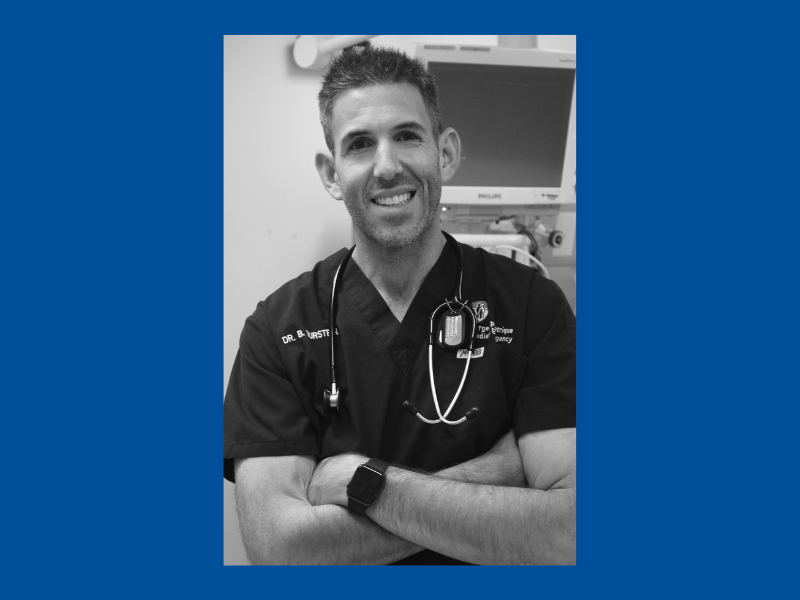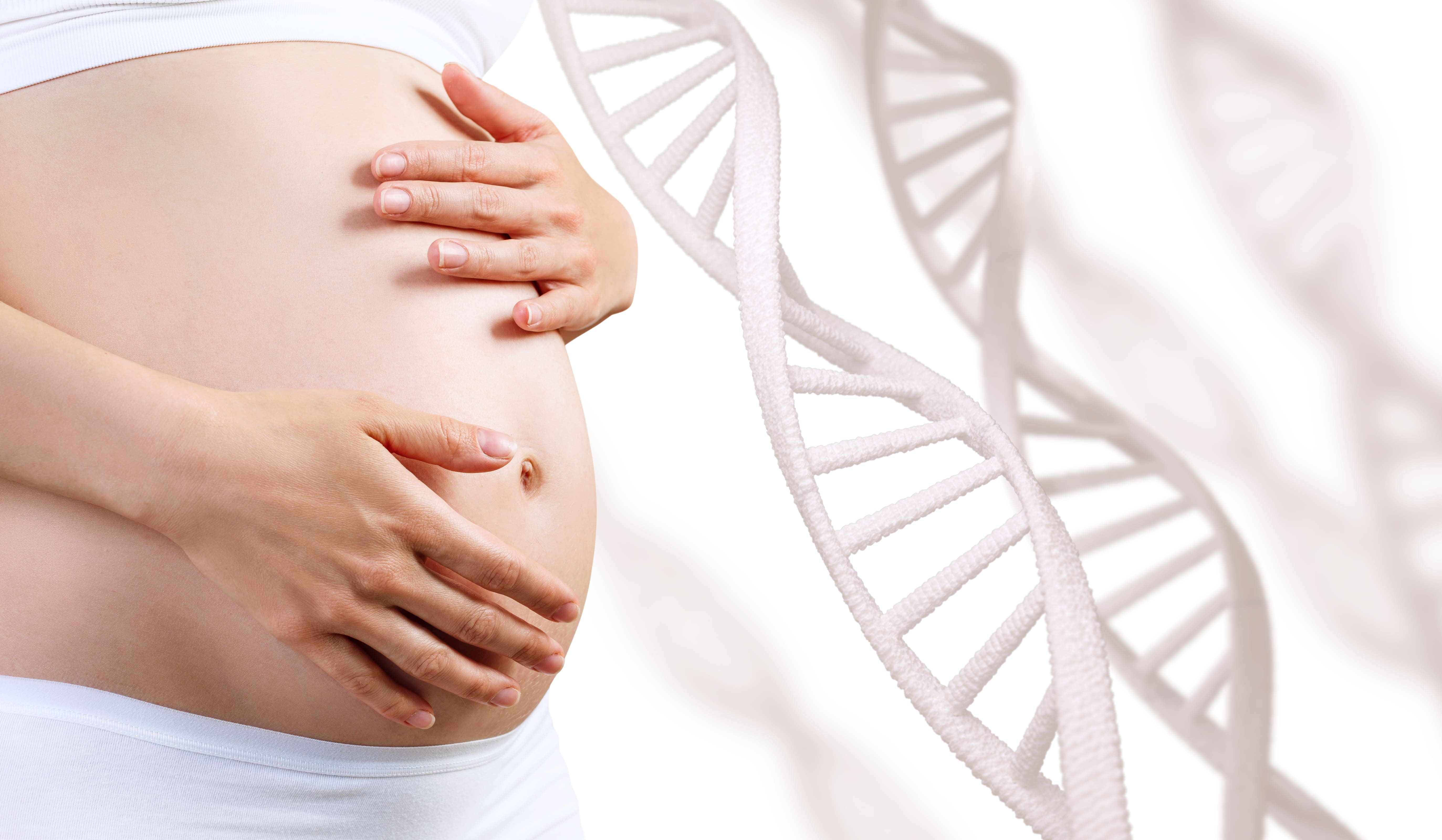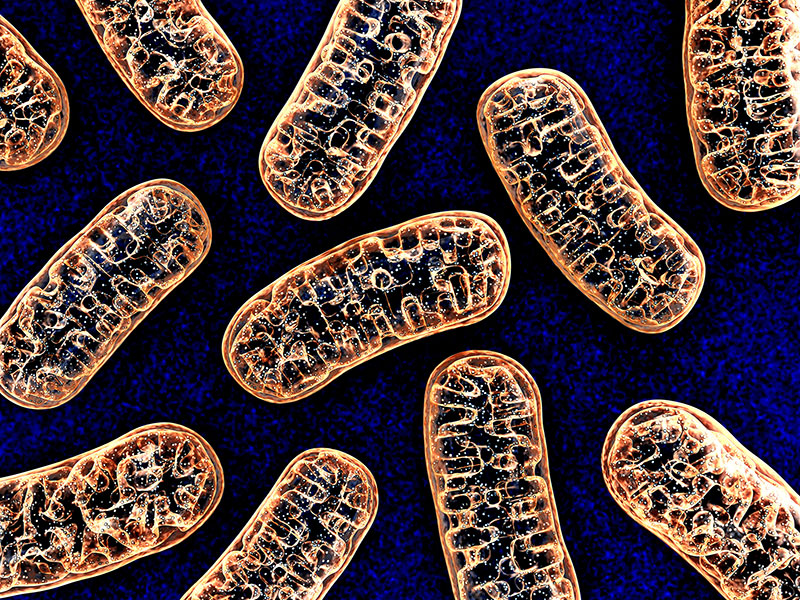

Food allergies: epinephrine used less at home
1 December 2022
Given early enough, it could reduce serious after-effects.
Montréal, August 23rd, 2021 – Using epinephrine promptly to treat severe allergic reactions (anaphylaxis) has been reported to reduce deaths, after-effects and the risk of biphasic reactions. However, it is not being used enough to treat anaphylaxis outside of hospitals.
According to a study published in The Journal of Allergy and Clinical Immunology: In Practice, only 20.98% of children and 7.17% of adults around the world use epinephrine to treat anaphylaxis prior to arriving in the hospital.
Dr. Moshe Ben-Shoshan, principal investigator of the study from the Research Institute of the McGill University Health Centre, pediatric allergy and immunology specialist at the Montreal Children’s Hospital and Associate Professor at the Department of Pediatrics of McGill University, explains: “The average time it takes to die due to food-induced anaphylaxis is 30 minutes. Although fatality is rare, the benefits of using epinephrine early cannot be overstated in order to prevent morbidity and the rare occurrence of death.”
The study, which Food Allergy Canada also contributed to, is the first systematic review and meta-analysis on the pre-hospital use of epinephrine. Researchers reviewed 7,012 scientific studies published between April 2010 and April 2020, revealing significant underutilization of epinephrine by those experiencing anaphylaxis.
NUMEROUS OBSTACLES TO AUTOINJECTION
“Although early administration of epinephrine is crucial in improving anaphylaxis outcomes, prompt use of epinephrine remains extremely low on an international scale. Knowledge and
awareness of the importance of early treatment needs to be improved,” says Laura May Miles, first author of the study, research associate at McGill University and a member in the Division of Allergy and Clinical Immunology at the Montreal Children’s Hospital.
The review illuminates two broad themes on why epinephrine is underutilized: not having an epinephrine auto-injector available, and not using it. Several studies point to the fact that almost half of people with food allergy in Canada don’t carry their auto-injector, thinking that they don’t need it anymore, or that food allergen avoidance offers enough protection. Furthermore, more than half of those diagnosed with food allergy in North America don’t get prescribed epinephrine, and prescription refills are also under 50%.
CHANGING THE PICTURE
When it comes to not using an auto-injector, there is a lack of awareness that epinephrine is the first-line treatment for anaphylaxis and can be used safely. Studies report low levels of understanding of when and how to use an epinephrine auto-injector in the population.
The research also shows that rate of epinephrine use in schools is lower than at home when treating anaphylaxis. In Canada, 20% of allergic reactions happen in schools, making it essential that epinephrine is available, and staff is fully trained to use it. Based on this review and analysis, the researchers recommend having stock epinephrine auto-injectors that are not prescribed to anyone available in schools and public settings and can be used in an emergency to increase access to this life-saving medication.
“This research reinforces the need for policy and educational programming to prevent allergic reactions and in the event that they occur, ensure anaphylaxis is identified and properly treated in community settings. Schools and public facilities where food is served are good places to start,” says Jennifer Gerdts, executive director of Food Allergy Canada.
Given the medical expenses linked to the treatment of anaphylaxis, stocking epinephrine for easy access as is done with defibrillators in Canada, should be considered.









